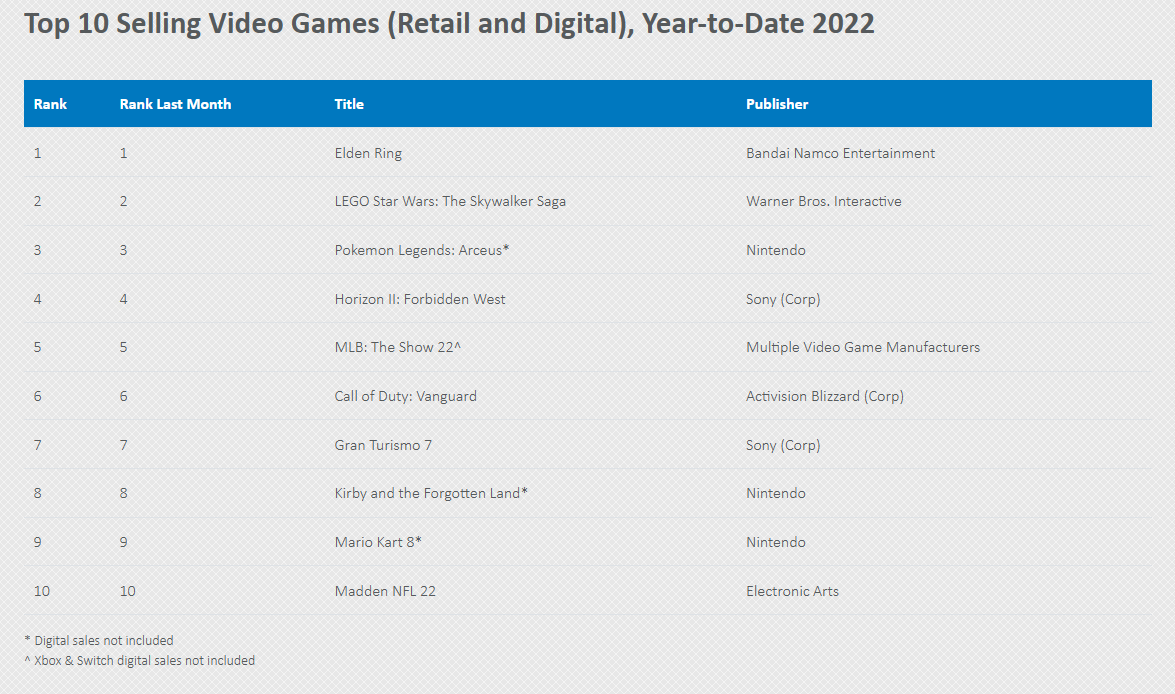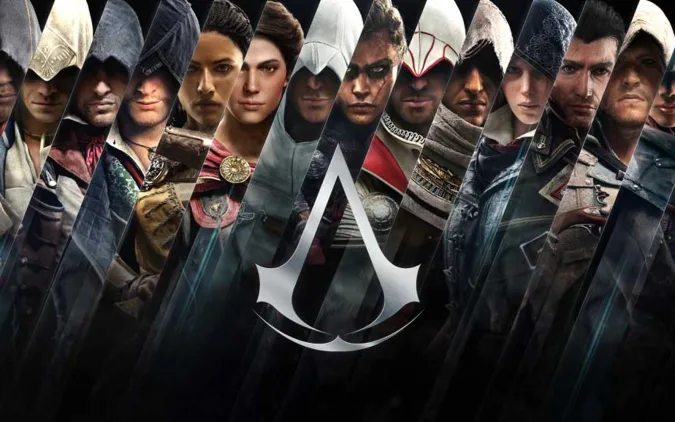Blockchain Gaming needs Triple-A titles to truly go mainstream
For better or for worse, one of the buzziest words in the gaming landscape is now “blockchain.” Blockchain games, crypto games, NFT games – whatever feels most appropriate works. While the Web3 community believes gaming could be the biggest driver for integrating the mainstream into Web3, gamers themselves have long resisted the idea.
In the wider gaming community, blockchain games are not given the highest respect. But why? For most players, the problem may have nothing to do with environmental concerns or the looming threat of bad faith actors licking their paws at any mention of the word “blockchain.” The problem may be that there are no blockchain games that are really able to capture the mainstream gaming market right now.
The triple-A problem
Does this mean blockchain games are inherently bad? Absolutely not. They just can’t compete with the mainstream gaming industry’s capacity to capture the attention of most players. At least not yet.
Players who want to relax and have a good time only want one thing: an excellent gaming experience. So where do they go to look for new games? On online gaming marketplaces for the platform of their choice.
Sony, Microsoft and Nintendo – the three biggest players in console games – have their own marketplaces. On the other hand, PC gamers have options like Steam or the Epic Games Store. But what all these digital storefronts have in common is that the games they feature on their fronts are triple-A, big-budget gaming experiences built by some of the most experienced and talented developers in the business. And of course, gamers just can’t get enough of them.

It’s not just a general assessment of what players want. OD’s report on the best-selling games in 2022 so far suggests that this type of game is selling and selling really we will. Much of this is about trust. Namely, trusting that games shipped by major publishers will work, will come with some level of polish, and of course, will be fun. Name recognition also plays a big role: As of this year alone, returning fans of long-running franchises like Duty calls, Gran TurismoEven LEGO Star Wars gladly parted with their money to play new entries in these franchises that came out this year.
Investment in game culture before money
So if all blockchain game developers have to do to appeal to the mainstream gaming audience is to make a triple-A game, why aren’t they doing it? Financing will certainly not be a problem. In Web3 – specifically the NFT space – projects regularly raise millions of dollars in funding, with some initiatives even rising into the eight-figure ballpark. The thing is, you need a lot more than just money to make a good game. You need to know how to make a good game, and that means creative drive, talent and skill.
But most of all, you must too wishes to make a good game, period. Crypto veteran and budding blockchain game developer Roy Blackstone believes that many blockchain game developers hoping to launch the next big play-to-earn (P2E) game don’t. “The problem is the gaming industry. Now it’s so big that there are hundreds of billions of dollars to be made, basically. All that money is up for grabs, and [that isn’t encouraging] players to come in and build games. It attracts people who see the dollar signs,” he said in an interview with nft now.
These types of new entrants into the blockchain gaming space are people who have “never played a video game in their life,” Blackstone added. Unfortunately, Blackstone said, this mentality has also affected the mainstream gaming industry. Even in Web2, game developers have resorted to increasingly predatory tactics in the hope that players spend as much time and money on the games as possible.

“I think it causes a lot of… I would say degradation [in gaming]. I mean, Assassin’s Creed is a perfect example, isn’t it? Like maybe until Black flag [it was] pretty good. But then it’s been the same game since then, which is sad, says Blackstone. “It’s just this whole philosophy of ‘the more time we can have players spend in our game, the better. So let’s just give them a bunch of daily quests and all that [other] time-wasting things to do. So it’s just bad design.”
Mighty Bear Games CEO Simon Davis has a different perspective: “There’s nothing inherently wrong with live-service, free-to-play games with the microtransaction model – it lowers the barrier to entry and allows players who wouldn’t otherwise be able to afford a full-priced game to to be able to start playing and having fun,” he said in an interview with nft now.
The role of playing and serving
Of course, not all developers in the blockchain gaming space act as cynically as those Blackstone describes. “Players who invest time and effort don’t benefit when a game or developer becomes successful and the goals of the developers don’t always align with the players,” Davis said.
Instead of focusing solely on profit margins, a significant number of blockchain game developers believe that this new technology will benefit players in the long run. “The rise of Web3 has enabled, for the first time, an unprecedented level of transparency between us as developers and our players. Players are also in practice now also stakeholders, and will benefit concretely from the popularity and growth of the game over time. There will also be a fairer distribution of the spoils between the developer and the players, and this will build trust, increase engagement and create new opportunities between both parties over time, Davis said.
With the upcoming launch of Mighty Bear Games’ Mighty action heroesDavis hopes the upcoming title will give the gaming industry a new model that will reward players for their skills. And it won’t be another P2E game either. “We want to make games that players enjoy and they have the opportunity to earn money if they play well or rank high on the leaderboards. The old ‘ [P2E game] The model also has a sustainability problem, where most of the utility symbols are inflationary. A play-and-earn model will create a more sustainable ecosystem for players with, hopefully, [fewer] fluctuations in asset prices. This is definitely more player-friendly as it gives rewards to active players rather than speculators, Davis said.
The waiting game begins
In Web2 and Web3, game development is no joke. Regardless of a developer’s intentions, making a game—let alone a full-fledged triple-A title—is a long, arduous process. Projects like NFT Worlds seemed acutely aware of this, building their stake in the virtual land craze on what are really just Minecraft mods. After Minecraft’s outright ban on any blockchain integration, NFT Worlds has to redo everything on its own.
Throwing blockchain integration into the mix just adds another potential pain point for both the developers and the players. “There is friction inherent in getting into Web3 products,” ZED RUN co-head Jason Melo said in an interview with nft now. “Having to set up a wallet, fund the wallet and acquire an asset are all tasks that the general public is still learning. All of these things are alien to people who are used to traditional online experiences.”
No matter how fun or polished a blockchain game may be, how it integrates blockchain technology into the overall experience can play an equally large role in the next big blockchain game’s success. Play and earn is just the beginning – the most thoughtful and frictionless integration of blockchain into a game is yet to be discovered. “I think when a web3 crypto game comes out that has the right formula, it will be very obvious,” Blackstone said. “When it comes out, people will look at them and say:ah, why didn’t we think of this?‘ — An ‘aha’ moment.”

